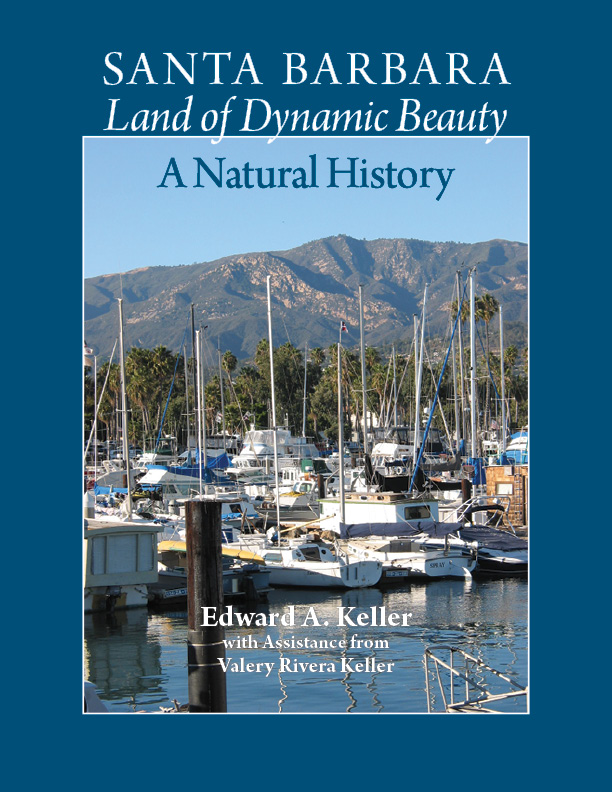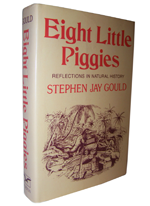Santa Barbara harbor, with Stearns Wharf and all the activities that range from commercial fishing to restaurants, shops, interesting people, and the Yacht Club, is one of the major tourist attractions of Santa Barbara. People of Santa Barbara began to talk about and promote the building of a harbor over 100 years ago. Between 1873 and 1921, the U.S. Army Corp of Engineers completed a number of reports concerning a possible harbor. All of these reports were unfavorable, due to the potential consequences of disturbing the flow of sand along the coast. Nevertheless, in 1925, funds were raised to make the first breakwater. The first one was L-shaped and extended about 1,500 feet. At that time, a fair amount was known about coastal processes, but this was largely ignored; the first breakwater was not even tied to the shore on the west side of the harbor, which was the site of the old Castle Point near the Dibblee family home. The breakwater, which was completed in about 1929, blocked the longshore transport of sand moving east along the coast and, at first, made what looked like a good harbor for boats. Unfortunately, because it was not tied to the shore, the sand kept moving right on through and began to fill the new harbor. As a result, they had to add to the sea wall and attach it to the coast where it is today. Stearns Wharf is at the eastern end of the harbor, and, between the wharf and the breakwater, there is a narrow channel for boats to go in and out of the harbor. Once the transport of sand was stopped, it deposited a wide beach to the west of the breakwater.
When sand filled out the beach to the breakwater, it moved along the outside of the breakwater to be transported into the harbor area, building the well-known sand spit. Given enough time, the sand spit would eventually close off the harbor and cause shoaling, or swallowing, of water under Stearns Wharf. Accumulation of sand began to be a problem, and, in order to keep the harbor open, we have to periodically dredge out that sand. It is pumped by a dredge mounted on a boat into a pipeline and transported to East Beach, where it is returned to the beach to continue its movement along the coast toward Ventura. An incredible amount of sand moves along that section of coast. Because we dredge the sand, it is one place where we know the rate of movement of sand along the coast. Every year, about 300,000 cubic yards of sand is dredged to keep the harbor open. When the sand was first blocked by the harbor by piling up to the west, below what is now Santa Barbara City College, as well as in the sand spit, there was much less sand available further to the east than there was prior to the breakwater. When more sand leaves an area than arrives, erosion occurs, and that’s what happened at Miramar Beach a few miles east of the harbor and, later and even more disastrously, at Sandyland, about ten miles east. At Sandyland, there were a number of small beach cottages that had been constructed on the sandy beach. Seven years after completion of the harbor and breakwater, there had been substantial retreat, or erosion, of the coast. Houses eroded into the sea, and property damage, by today’s standards, would be many millions of dollars, as the beach eroded back about 250 feet. According to Professor Robert Norris at UCSB, at first, the people managing the harbor decided to dredge a couple hundred thousand yards of sand and deposit it in about 20 feet of water to the east of the breakwater. They assumed that the sand would move toward and then down the beach, reducing the erosion. Much of that sand is still there today! This brings up an important point: The movement of sand along the coast is mostly in the surf zone, fairly close to the shoreline.
A positive aspect of building the breakwater, other than it being a great place for us to moor our boats, take a sunset walk, visit a museum, or have a meal, is the addition of the land west of the breakwater. At City College today, there’s a track and football field whose bleachers are constructed on the old sea cliff that was there on the beach prior to the building the breakwater. All that land in front of the old sea cliff, that includes parking lots, parks, and so on, is a result of the building of the breakwater that blocked the flow of sand from the west to the east. You can easily follow this old sea cliff all the way from the City College area to Santa Barbara Point at Shoreline Park.
An obvious question is: Was building the breakwater the right thing to do? That really depends on the people you talk to. The harbor is a romantic place to go for a nice dinner or to get in a boat and sail out and observe whales in their natural environment. Speaking of which, don’t follow whales closely or harass them – it’s illegal and dangerous. A large whale swimming by Shoreline Park jumped into a small boat in the spring of 2006!
On balance, the harbor has been a great asset to the city of Santa Barbara. On the other hand, had we applied more of what we knew about coastal processes, the coastal erosion that occurred to the east could have been avoided. Today, at Sandyland, you’ll find rock revetments or walls protecting the coast, even though the sand supply has been restored.
The story of Santa Barbara Harbor reinforces the important concept known as “The principle of Environmental Unity.” The principle is loosely interpreted as meaning that everything affects everything else, or, as Professor Garrett Hardin (a famous UCSB human ecologist who died a few years ago) put it, “you can’t do just one thing.” When the breakwater was constructed, it blocked the movement of sediment on its way east and south to Hueneme Submarine Canyon near Port Hueneme. The canyon is the end point in part of the natural rock cycle: sand formed in mountain streams as far away as the Santa Maria River mixes with sand from streams and rivers draining the Santa Ynez Mountains (Point Conception to the Santa Clara River); moves south and east as a river of sand (forming our beaches); and, near Point Hueneme, the beach ends and sand is funneled to the bed of the sea to be eventually uplifted in millions of years as sandstone (much like the white sandstone we see in the mountains above Santa Barbara).
Continuing our local Environmental Unity story, the sand backed up behind the breakwater produced a wide beach west of the harbor where Del Playa Stadium and Ledbetter Beach is today. A large sand spit formed at the end of the harbor, threatening to close the mouth of the harbor off from the sea. Down the coast, deprived of sand, beaches eroded. When the dredge sand bypass system was in place, sand flowed again, but the coast in a human time framework was changed forever.
People say we need to do the right thing to the environment in order to save the world. We really want to save ourselves and hang around as a species a bit longer. As Professor Stephen Gould (a famous paleontologist) once commented: if we injure Mother Earth, she will put a bandage on, kick us out, and move along through deep time. Geology tells us that the fate of all species is extinction – we are a young evolving species. As we continue to evolve, I hope we will be able to listen better, be more compassionate, and learn to live in harmony with our home (Earth). As Stephen Gould also says, we need a compact with Mother earth because she holds all the cards, and we need to practice the golden rule of the environment: do unto Earth (the wider Earth of other people, plants, animals, water, and soil) as we would have others do unto us. Following this rule would help result in reaching a more sustainable home planet. You can find a more interesting discussion of the Golden Rule of the Environment by referencing Stephen Jay Gould, 1993, The golden rule: A proper scale for our environmental crisis. In Eight Little Piggies: Reflections in Natural History. New York: Norton and Company.







